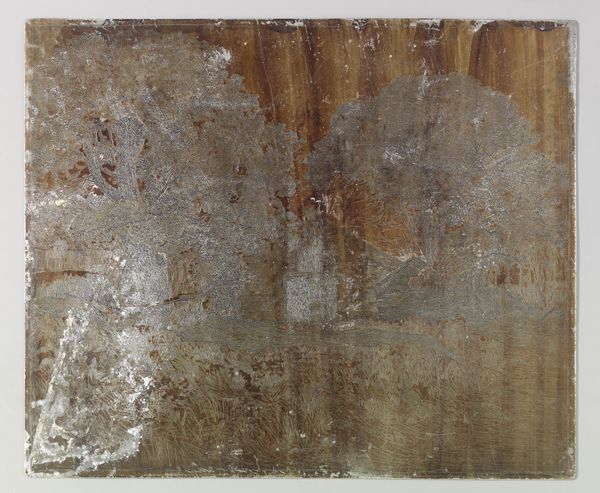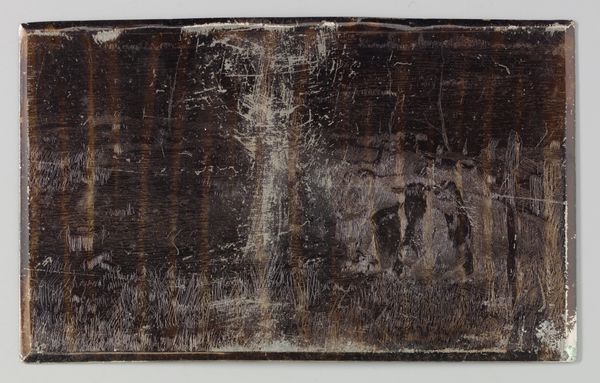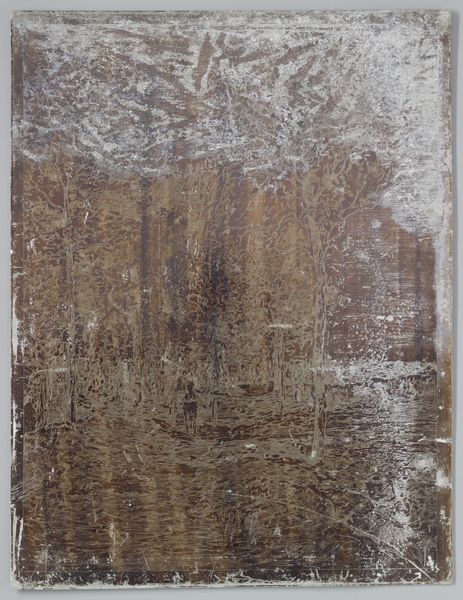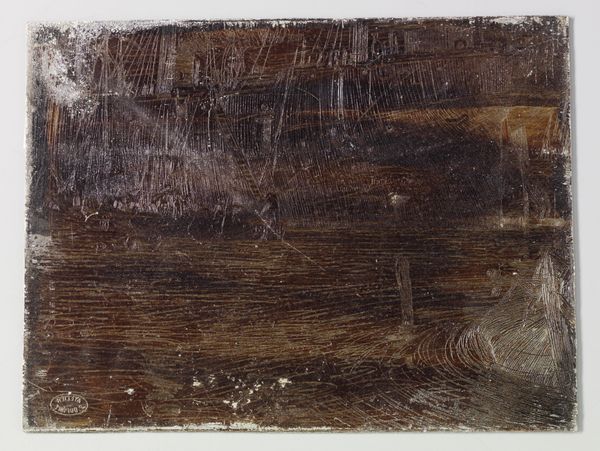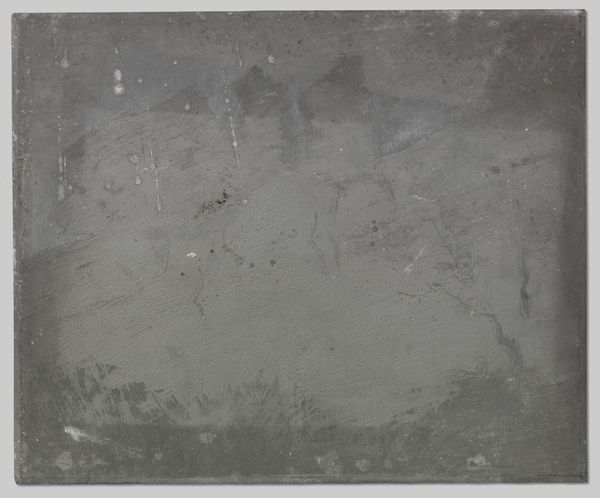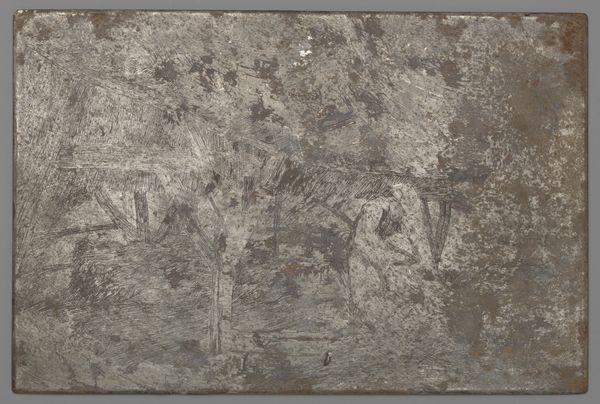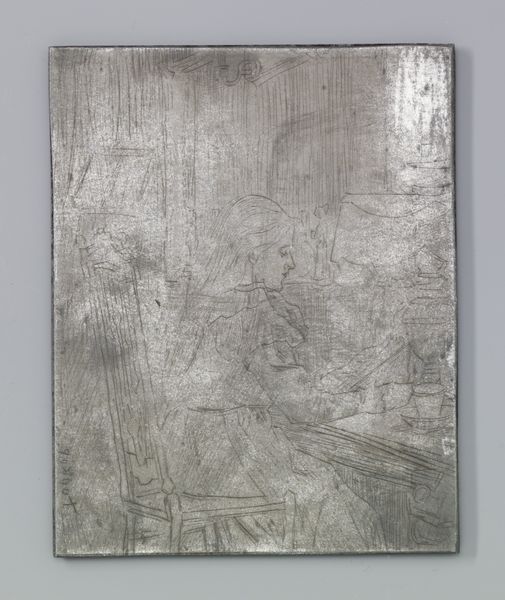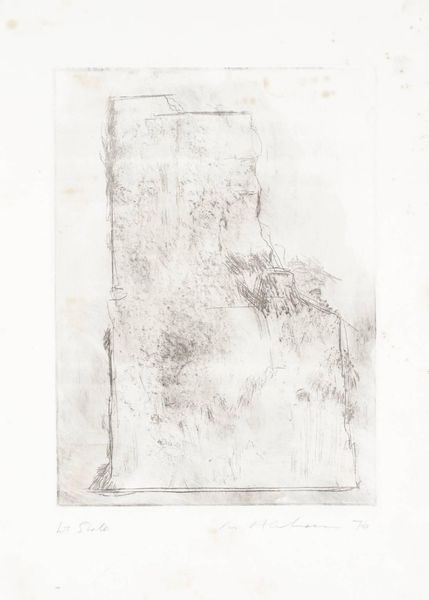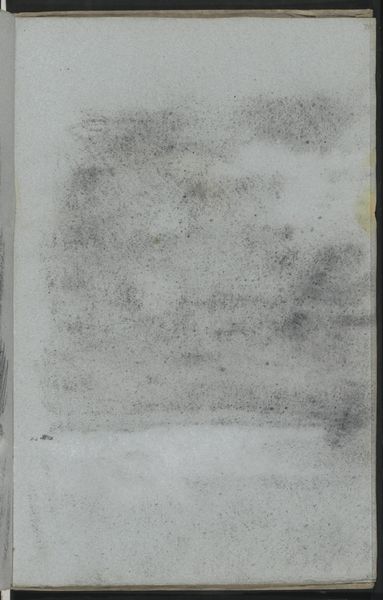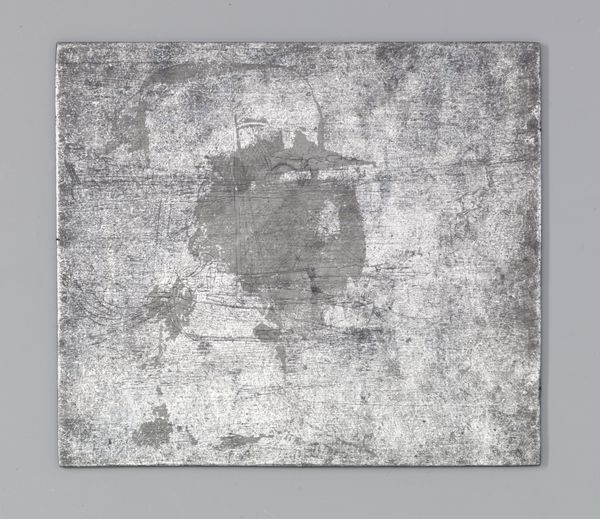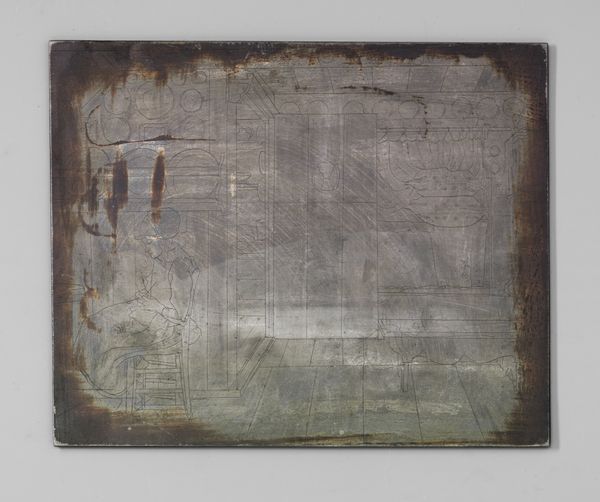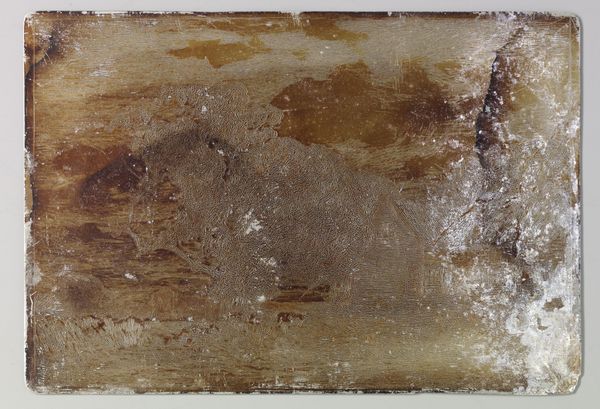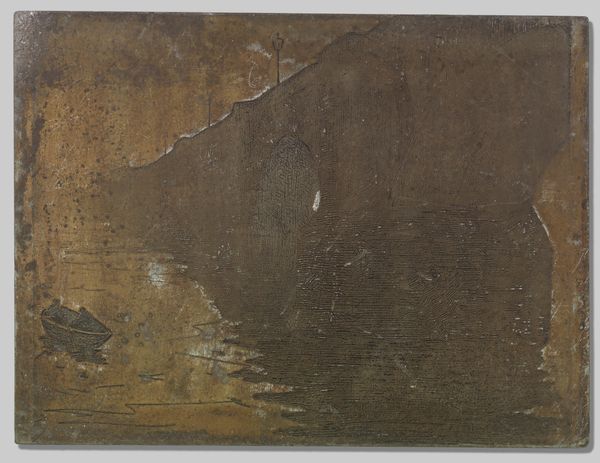
De vruchten eener goede opvoeding. Ach vader laat ons niet verbranden 1823 - 1900
0:00
0:00
drawing, mixed-media, paper, watercolor
#
drawing
#
mixed-media
#
water colours
#
paper
#
watercolor
#
underpainting
#
watercolour illustration
#
history-painting
#
mixed media
#
watercolor
Dimensions: height 172 mm, width 228 mm
Copyright: Rijks Museum: Open Domain
Editor: This drawing from between 1823 and 1900, "De vruchten eener goede opvoeding. Ach vader laat ons niet verbranden," by Johann Wilhelm Kaiser, uses mixed media including watercolor on paper. The subdued colors and what looks like damage to the paper give it a fragmented feel. What stands out to you in terms of the work’s materials and method? Curator: Well, consider the layered processes involved. The mixed media approach, using both drawing and watercolor, points to a specific mode of artisanal production. This wasn't simply about spontaneous expression; it involved deliberate choices of materials – paper, pigments, binders – each contributing to the final image, but also indicative of the resources available to the artist. The damage, you mentioned? That’s time acting as a material force, isn’t it? Editor: I see what you mean! So the deterioration of the paper is almost part of the piece now. How does this materiality affect our understanding of the subject matter? Curator: I think the fragmented and damaged nature reflects social anxieties related to the depicted scene, doesn't it? A fear of ruin and impermanence embedded not only in the narrative but also in the physical reality of the object itself. What do you think the artist’s role would have been in portraying "a good upbringing" given these anxieties? Editor: That’s a fascinating connection! I hadn't considered how the artwork's physical state could reinforce its narrative themes. Thanks for pointing that out. Curator: My pleasure. Focusing on the materials reminds us that art is always made, always implicated in material processes and social conditions.
Comments
No comments
Be the first to comment and join the conversation on the ultimate creative platform.
